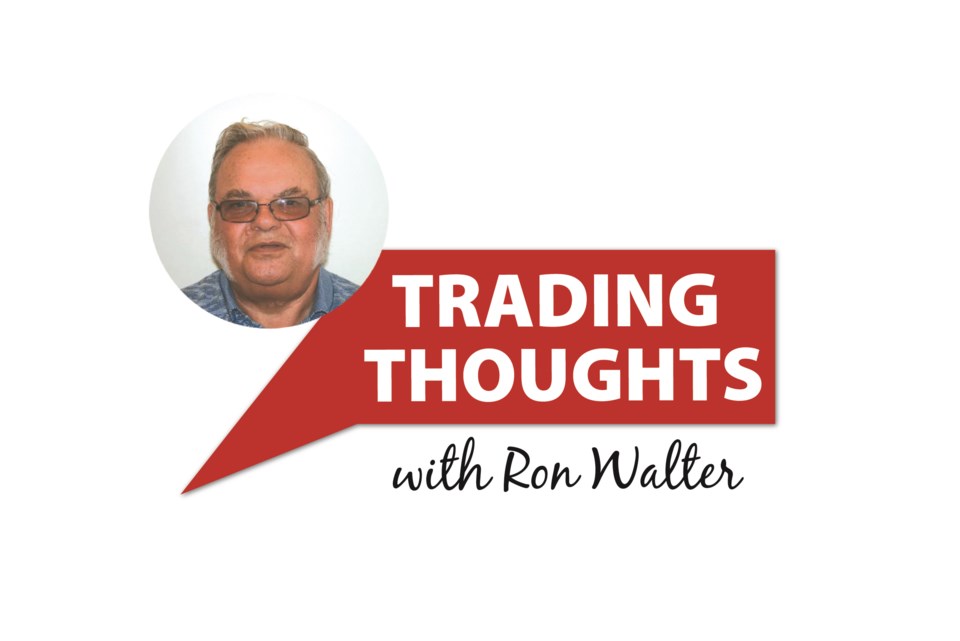In the last few years, city council has dipped its hand into taxpayers’ pockets for more money than usual.
Property tax increases have been almost twice the rate of inflation; new recycling fees were added, and water rates have doubled.
Given these increased city fees/taxes and fixed incomes for seniors, pressure is mounting on city council to alleviate taxes by spending some or all of the city’s $100 million plus reserves.
Another question wonders where these reserves came from?
The capital reserves, particularly the $36 million capital expenditures fund, owe their origin to an unfortunate situation 84 years ago.
An overly compassionate Moose Jaw City Council spent too much money on work-for-welfare projects and missed an interest payment on bonds.
The city was placed in receivership by the province, only emerging in 1952. During that time, provincial bureaucrats closely watched city finances and had to approve budgets.
The City of Moose Jaw was not allowed to borrow money until 1952, which explains the bulge of infrastructure projects from then to 1970.
Out of that mess came a plan to better finance city needs with reserves by putting tax money aside, building reserves, and using the interest for city needs.
Some of the argument for spending the reserves is based on the notion that money in the bank is nearly worthless at current interest rates. Inflation will erode the value of reserves.
The reserves’ founders realized that and set up reserves like the capital expenditures fund to maintain their purchasing power.
Only that amount of interest greater than the rate of inflation is used. If inflation is two per cent and interest is three per cent, only one per cent is available for city use, thus growing the reserve fund.
When the library-art museum was built in the late 1980s, the capital expenditures fund was only $21 million. It has grown by 71 per cent.
The capital expenditures fund amounted to about one-third of reserves in 2017. Other major reserves included $22.6 million in the land development fund to buy land when needed, $27 million in the equipment reserves to pay for new equipment when needed, $8.9 million for the landfill, and $8.1 million for waterworks.
Dismantling some of these reserves to pay for city programs would place hardship on city finances. If the reserves are spent, when the city needs that money it would have two choices: borrow funds and pay interest or go without.
The city finance department analysis notes that without city reserves Moose Jaw property taxes would be 20 per cent higher. Owners paying $2,000 in property tax would pay $2,400.
The people who insist on spending city reserves should do their homework before demanding the city use the reserves, unless they want to pay even higher taxes.
Ron Walter can be reached at [email protected]
The views and opinions expressed in this article are those of the author, and do not necessarily reflect the position of this publication.




